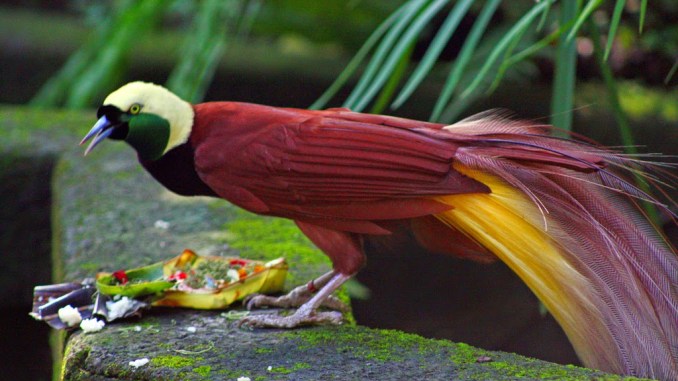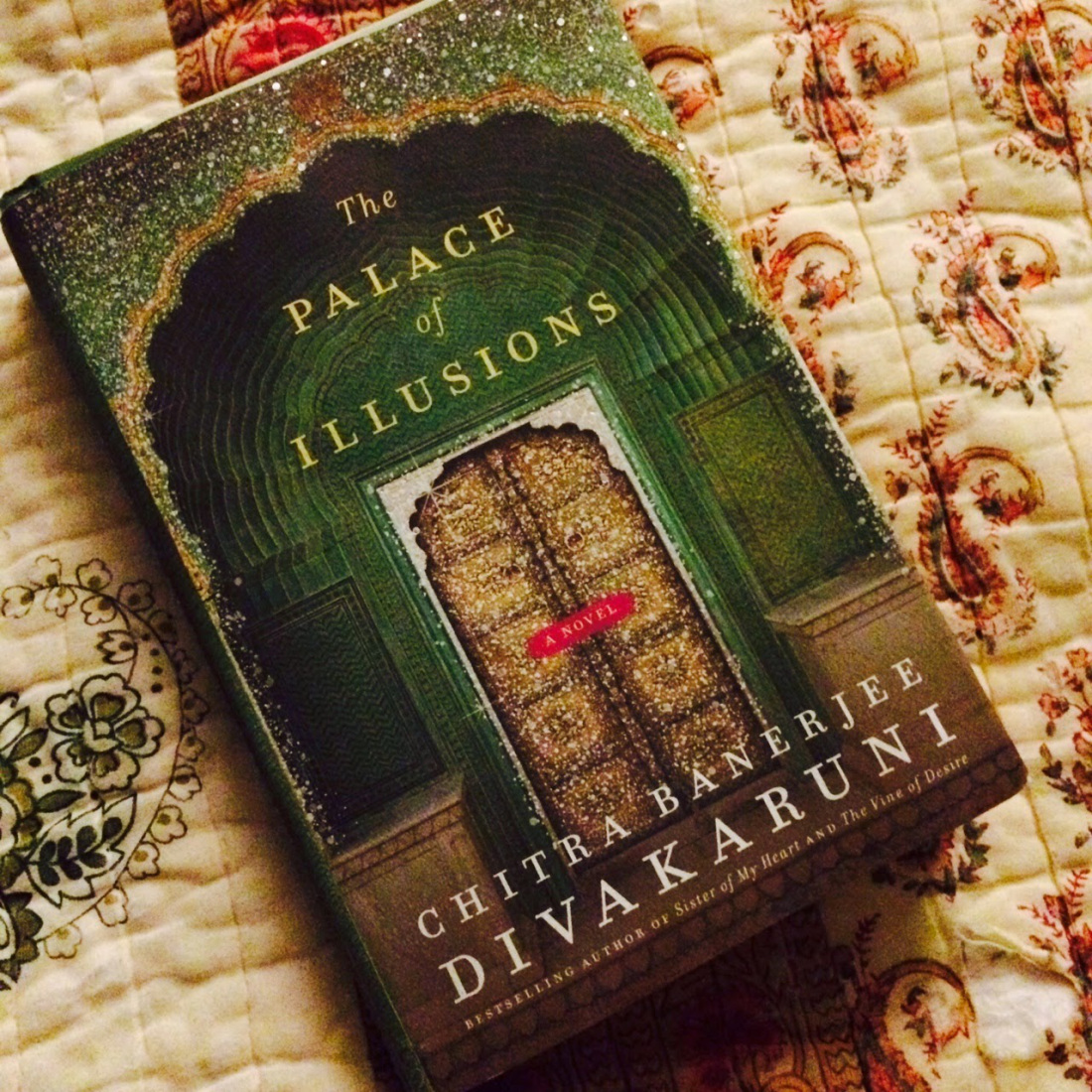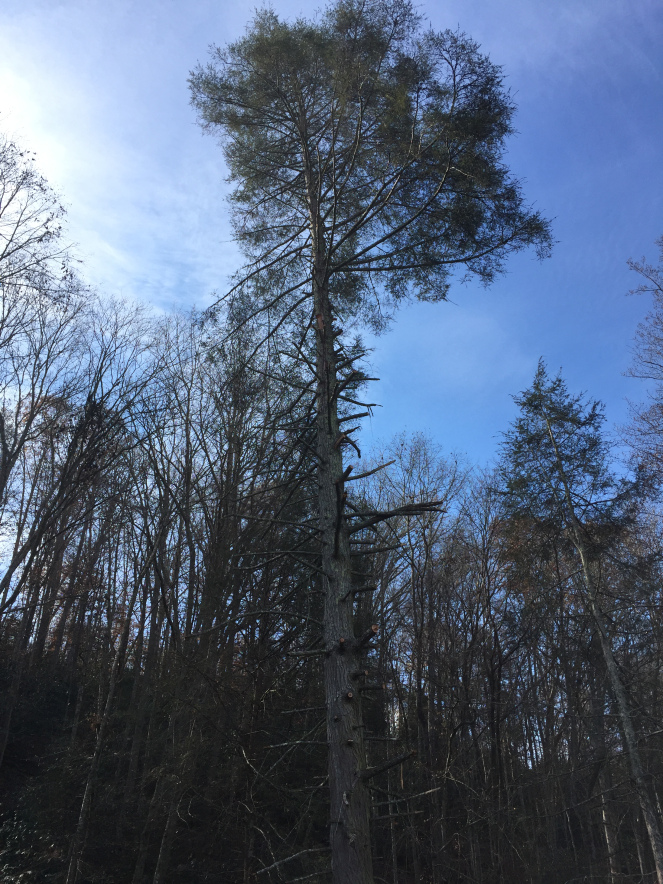 Cenderawasih – beritanews.id
Cenderawasih – beritanews.id
Cenderawasih, also known as the bird of paradise, is a member of Paradisaeaidae family with 13 genera and 43 types. These birds are largely found in East Indonesia region, Papua New Guinea, and East Australia. It is said that this bird rarely puts their feet on the ground, they prefer to fly or perch themselves on the wood branch. If they put their feet on the ground, it means that soon they will die. Therefore, people often called Cenderawasih as the bird of paradise, always fly, never touch the ground.
For some ethnic groups in Papua, Cenderawasih symbolizes a sacred nature. For this reason, Cenderawasih always becomes an offering in the cultural rituals. As for Malayan, Cenderawasih is mentioned in Tajul Muluk book, a codex from Arab countries. Inside the codex, Cenderawasih is believed to have many medicinal properties and bring luck to the trading business. As a result, many Malayan chases this bird for its feathers or keep the bird’s preserved (taxidermy) in order to bring luck in their life.
The mythology of Cenderawasih spreads over the world not only for Malayan and Indonesian. Chinese people believe that Cenderawasih is an embodiment of Phoenix bird, the messenger of happiness. According to Chinese tradition, this bird only appears in times of peace and prosperity. Knowing this, hundreds of years ago, the Sriwijaya Kingdom in Indonesia gave Cenderawasih as a present for the Chinese Emperor as a symbol of friendship for both nations.
Indonesia: The Home of Cenderawasih Cendrawasih – hargaburung.id
Cendrawasih – hargaburung.id
Indonesia has the privilege of having the largest number of Cenderawasih species in the world. In fact, 30 types of Cenderawasih bird live in Indonesia, and 28 of them are living in Papua. Some of the commonly known species are Manukodia Crested-rolling (Manucodia comrii), Blue Cenderawasih (Paradisaea rudolphi), small-Yellow Cenderawasih (Paradisaea minor), Cenderawasih 12 Wired (Seleucidis melanoleuca), Paradigalla Long-tail (Paradigalla carunculate), Red Cenderawasih (Paradisaea rubra), and King Cenderawasih (Cicinnurus regius).
The size of Cenderawasih ranges from 50 grams and 15 centimeters up to 110 centimeters and 430 grams. The female Cenderawasih often is often smaller in size than the male.
In general, Cenderawasih feathers range from dark black to red-orange and sparkling green, also golden brown. The feathers of a male Cenderawasih are generally more beautiful compared to those of the female. The male feathers are glossies and have a mix of complicated colors. The male also often uses the beauty of their feathers to attract the female, especially during mating season. Some of the Paradisae genera also do a dance to attract the female Cenderawasih during the rutting.
As one of the homes to Cenderawasih, Papua Province officially makes Cenderawasih as a mascot for their province. They declare Cenderawasih 12 wired as their region symbol because these birds have beautiful colors, strong feet, and beak. Moreover, these birds have a loud voice and good flying endurance.
Preserved Cenderawasih, Preserved the Paradise Cendrawasih – 1.bp.blogspot.com
Cendrawasih – 1.bp.blogspot.com
Cenderawasih beautiful feathers often become an ornament in the traditional costume of Papuan. However, it’s not only Papuan that love using Cenderawasih feathers as decoration. Back in the 18th and 19th century, the European people love to have Cenderawasih feathers as accessories for their hats or clothes.
Back in the day, every high-class individual in Europe fancies wearing Cenderawasih feathers to draw attention. It is also said that during the year of 1820-1938, Cenderawasih trading to Europe was estimated to reach 3 million birds, which gave a huge profit for the Dutch Indies Government at that time.
However, the wild hunting of Cenderawasih feathers as well as the natural devastation have made Cenderawasih endangered species. Based on the research conducted back in 2012, we can only find 2-3 Cenderawasih birds per one kilometer in Papua. It is a smaller number compared to the year of 2000-2005, when we could still find 10-15 Cenderawasih birds per one kilometer in their habitat. However, it is not easy to preserve this bird, as it only produces one to two eggs in their reproducing cycle, which makes the number of this birds easily decreases due to the ecological change.
As an effort to preserve Cenerawasih for extinction, the government has issued a law to stop the wild hunting and illegal trading of Cenderawasih birds. Papua Government established Circular Letter no 660.1/6501/SET in June 2017 about the banning of using Cenderawasih and its feathers as accessories or souvenirs. Cendarawasih and its feathers are only allowed to use for cultural activity categorized as a sacred procession in Papua.
Some Ethnic groups in Papua have also implemented a cultural sanction for community members that killed Cenderawasih. The hardest sanction for this act is to drive away the law offenders from the village and to no longer consider them as the community member.
This condition also encourages the Papua Art Council to establish a competition in creating Cenderawasih birds imitate model as souvenirs, crown, or ornaments. Papua Art Council hopes that their movement will be able to save Cenderawasih birds.
So, for any of you that visit Papua, please make sure that you don’t buy Cenderawasih feathers or any souvenirs made from the bird. Together we can save Cenderawasih, the treasure of Indonesia country.
Source: https://onwestpapua.com/cenderawasih-bird-paradise/
Advertisements Share this:




